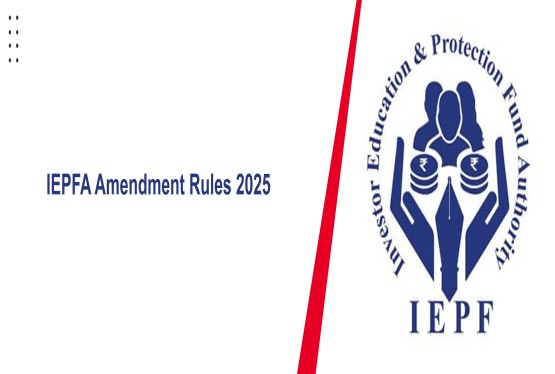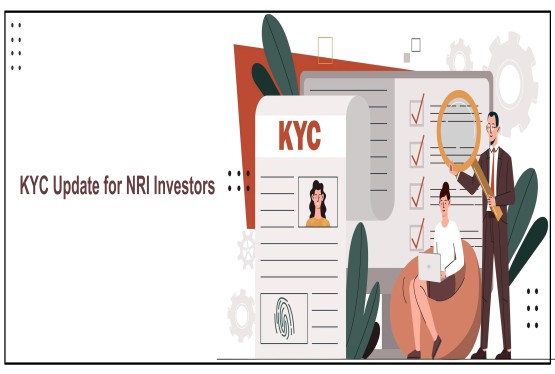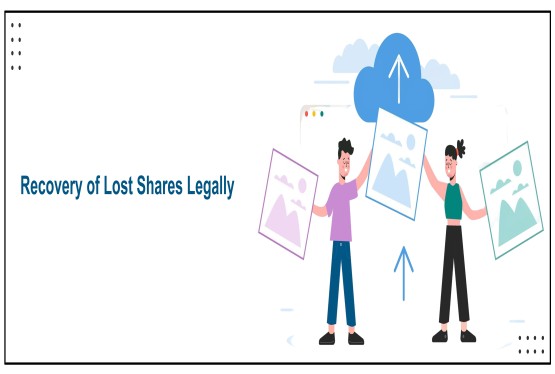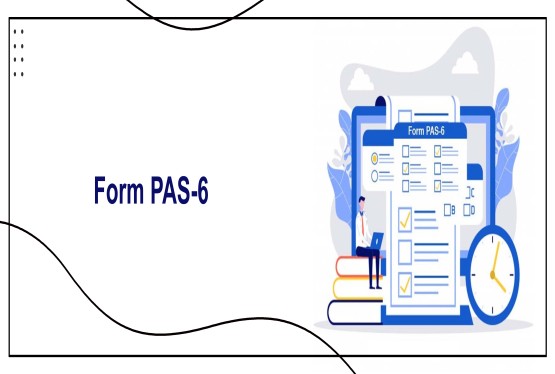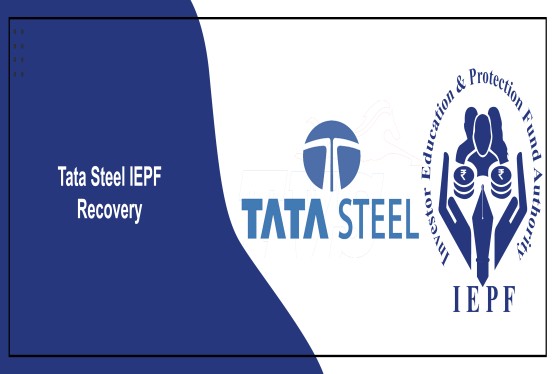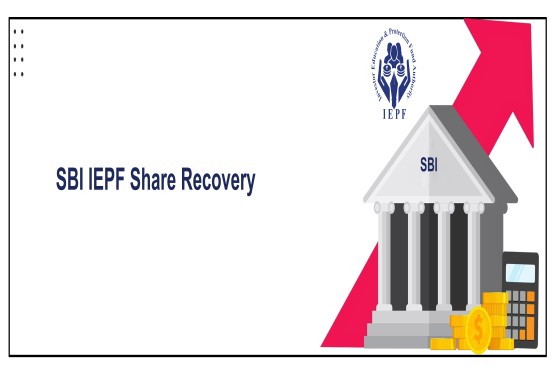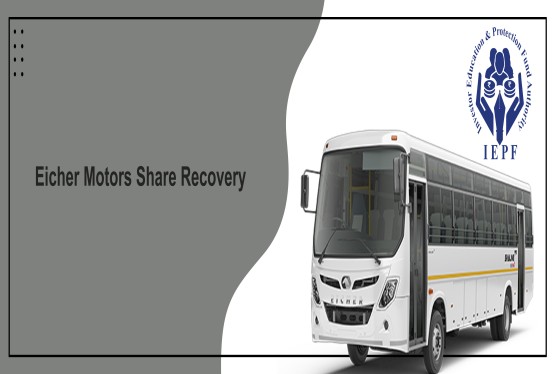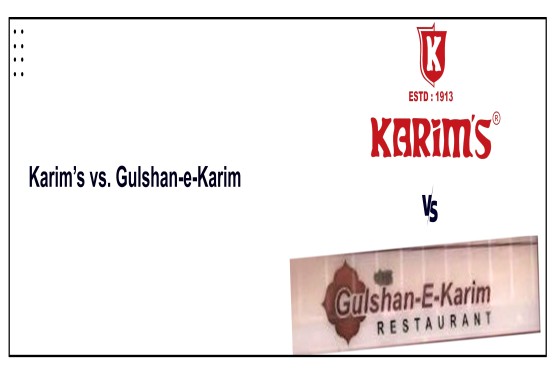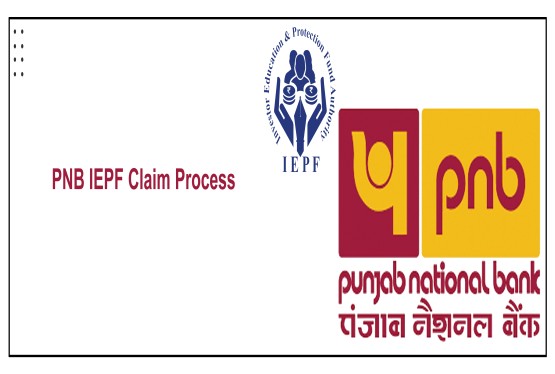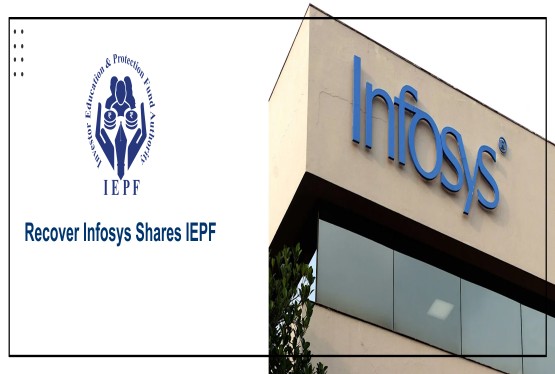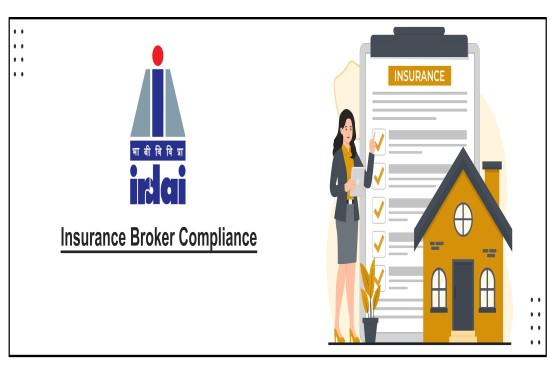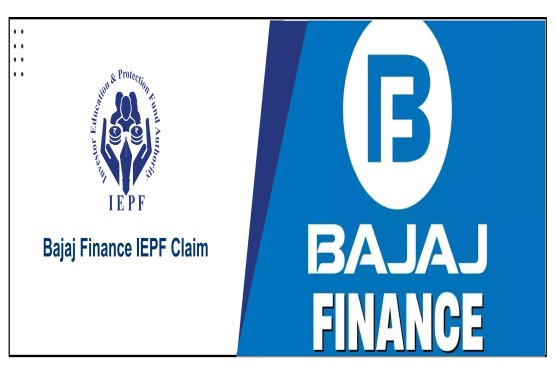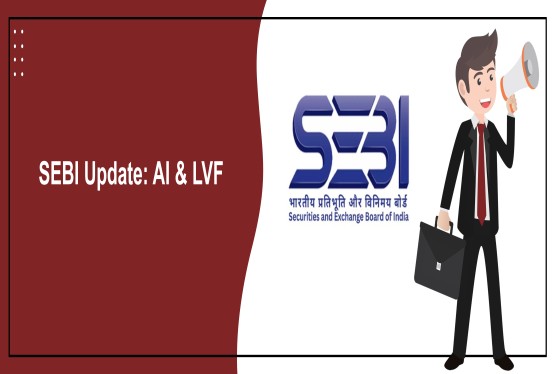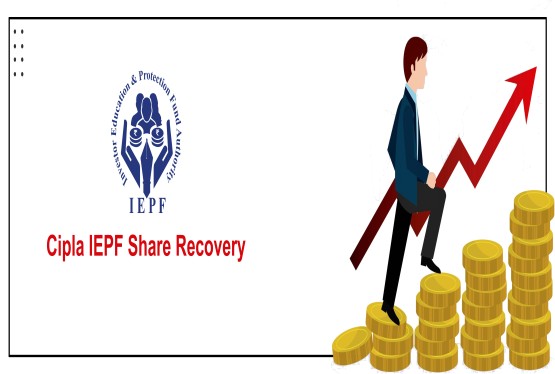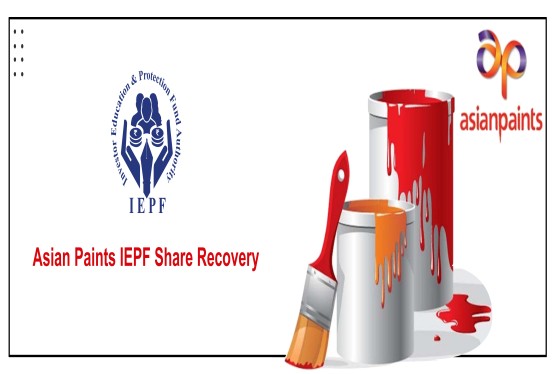India's insurance sector has witnessed steady growth, yet the overall penetration remains below global standards. IRDAI, as the chief regulator, has been actively implementing reforms to address structural challenges and improve access to insurance products. The latest amendment in the Insurance Intermediaries Regulations is a strategic step toward democratizing access by empowering distribution channels like Corporate Agents and IMFs. This reform is particularly significant because it transitions the insurance from a restrictive model to a more inclusive and customer-centric one.
To read more about insurance broker license.
Regulatory Amendments and Their Scope
Corporate Agents (CA)
Under the previous regime, Corporate Agents were restricted to representing only three insurers in each line of business: life, general, and health insurance. This limited their ability to provide diverse insurance solutions to consumers. With the new amendment, IRDAI now allows each Corporate Agent to tie up with up to nine insurers per business line. Thus, a composite CA can now represent up to 27 insurers, providing broader access to different products and pricing models. This move significantly enhances the advisory capacity of banks, NBFCs, and other institutions acting as CAs.
To know more about corporate agency license.
Insurance Marketing Firms (IMF)
Insurance Marketing Firms were earlier limited to partnerships with just two insurers in each line of business. Recognizing the growing importance of IMFs in underserved and rural markets, IRDAI has increased the permissible limit to six insurers per category. Additionally, IMFs are now allowed to operate across the entire state in which they are registered, thereby expanding their operational footprint and outreach capacity.
To learn how to register a IMF with IRDAI.
Implications for Policyholders and Market Stakeholders
For Policyholders
The regulatory change directly benefits policyholders by expanding their access to a wider array of insurance options. This encourages informed decision-making, greater product customization, and more competitive pricing. It also enhances trust in intermediaries, who can now offer solutions tailored to diverse customer needs rather than pushing limited products.
For Intermediaries
The reform enables intermediaries to diversify their business models, reduce dependency on a few insurers, and increase revenue by cross-selling products from multiple partners. This change will likely result in enhanced training programs and investment in technology platforms to manage multiple partnerships efficiently.
To read more difference between insurance broker and corporate agent.
For Insurance Companies
Insurers can now leverage expanded distribution networks without the need for heavy investment in physical infrastructure. This is regulated by insurance company compliance This move is particularly beneficial for new and small insurers looking to increase their market presence through collaborations with established intermediaries.
IRDAI’s Vision: Customer-Centric & Inclusive Growth
The Insurance Regulatory and Development Authority of India (IRDAI) has set forth a bold and transformative vision of achieving ‘Insurance for All’ by the year 2047 a milestone year marking 100 years of India’s independence. This vision aspires to ensure that every citizen of India is protected by appropriate life, health, and property insurance, and every enterprise, whether small or large, has access to suitable risk mitigation solutions. To realize this goal, IRDAI is actively focusing on strengthening the three foundational pillars of the insurance ecosystem: insurance customers (policyholders), insurance providers (insurers), and insurance distributors (intermediaries).
Enhanced Intermediary Access: Expanding Choice and Reach
One of the most significant recent steps toward this vision is the expansion of distribution capabilities through intermediaries such as Corporate Agents (CAs) and Insurance Marketing Firms (IMFs). As per the amendments approved during the 120th meeting of the Authority held on November 25, 2022, IRDAI has substantially increased the maximum number of tie-ups allowed for these intermediaries:
-
Corporate Agents (CAs) can now collaborate with up to 9 insurers in each line of business life, general, and health insurance a threefold increase from the earlier limit of 3.
-
Insurance Marketing Firms (IMFs) are now permitted to tie up with 6 insurers per segment, up from the earlier limit of 2.
This means that a composite Corporate Agent can now maintain up to 27 tie-ups in total (9 in each line of business), dramatically expanding the variety of insurance options available to policyholders.
Broader Geographical Reach and Last-Mile Inclusion
Additionally, the area of operation for IMFs has been expanded to cover the entire state in which they are registered, enabling them to serve a wider population without bureaucratic or regulatory restrictions. This step is particularly significant in enhancing insurance penetration in semi-urban and rural areas, where access to diverse insurance products has historically been limited.
By enabling intermediaries to represent multiple insurers, IRDAI is ensuring that customers are not restricted to limited offerings, and that they can choose policies best suited to their needs from a wide array of insurers. This move promotes healthy competition, drives innovation in product design and pricing, and encourages tailored insurance solutions for different socio-economic segments.
A Strategic Move Toward Financial Inclusion
The increased tie-up limits reflect IRDAI’s broader commitment to financial inclusion. Insurance is a critical component of financial security and resilience, and by removing structural limitations on distribution, IRDAI is facilitating deeper market penetration. This not only empowers consumers with greater access and choice, but also supports insurers in scaling their reach efficiently across geographies.
Prominent industry leaders have welcomed this reform. For example, Venkatesh Naidu, CEO of Bajaj Capital Insurance Broking Ltd., has stated that the new flexibility in tie-ups will allow banks and agents to provide more customized solutions to clients, while Sumit Rai, MD & CEO at Edelweiss Tokio Life Insurance, has expressed that these reforms will catalyze industry growth and drive insurance adoption across demographics.
Empowering the Ecosystem for 2047 and Beyond
This strategic reform complements other recent IRDAI initiatives aimed at promoting ease of doing business, simplifying the registration of insurance companies, encouraging capital investment flexibility, and fostering innovation through the regulatory sandbox framework. Collectively, these reforms create a dynamic, accessible, and customer-friendly insurance ecosystem.
By empowering intermediaries, IRDAI is not only enabling wider distribution of insurance products, but also building a resilient and responsive insurance network that can adapt to the evolving needs of India’s diverse population. The regulatory shift represents a major leap toward achieving comprehensive and inclusive insurance coverage by 2047, ensuring that no individual or enterprise is left unprotected in the journey toward national development and economic stability.
Industry Reactions
The industry has responded positively to the reforms. Venkatesh Naidu, CEO of Bajaj Capital Insurance Broking Ltd, noted that this change gives banks and other corporate agents greater flexibility in product offerings. Sumit Rai, MD & CEO of Edelweiss Tokio Life Insurance, remarked that these changes will lead to sustainable, long-term industry growth by fostering customer-centric practices and financial inclusion.
Open Architecture Model in Insurance: Promoting Access, Competition, and Choice
The Insurance Regulatory and Development Authority of India (IRDAI), through its recent reforms, has taken a significant step toward modernizing and democratizing insurance distribution in the country. One of the most transformative developments is the promotion of the Open Architecture Model in Insurance, a framework that allows intermediaries such as Corporate Agents (CAs) and Insurance Marketing Firms (IMFs) to collaborate with multiple insurers across various lines of business. This model marks a shift away from restrictive exclusivity arrangements and is designed to encourage competition, enhance transparency, and ensure that consumers have broader access to diverse insurance products.
The Open Architecture Model
The Open Architecture Model in insurance distribution essentially means that intermediaries are no longer confined to representing a limited number of insurance companies. IRDAI has now permitted corporate agents to tie up with up to nine insurers in each line of business life, general, and health insurance while insurance marketing firms can partner with up to six insurers in each of these segments. This expanded capacity allows intermediaries to offer a wider range of insurance products under one roof, giving customers the flexibility to choose from multiple options best suited to their needs.
From Exclusivity to Freedom of Choice
Previously, the insurance distribution framework was characterized by exclusive tie-ups, where intermediaries could only represent a small number of insurers. This often led to limited product offerings and encouraged intermediaries to push certain policies regardless of whether they truly aligned with the customer’s best interest. With the open architecture model, these restrictions are being lifted, thereby transforming intermediaries into solution providers rather than mere agents of a specific insurer. This creates a healthier distribution environment where the focus shifts toward suitability, transparency, and long-term customer engagement.
Encouraging Competition and Market Efficiency
The implementation of an open architecture framework brings in healthy competition among insurers. By enabling intermediaries to work with multiple companies, insurers must now compete not just for market share but also for distribution space, compelling them to innovate, improve service quality, and price their products competitively. This prevents monopolistic practices and ensures that customers are presented with a balanced and unbiased view of available products. In essence, the model levels the playing field and opens up the distribution network to newer, smaller, or niche insurance providers.
Alignment with Banking and Mutual Fund Distribution
This model finds strong parallels in the banking and mutual fund sectors, where open architecture has long been the norm. In mutual fund distribution, banks and financial advisors offer products from multiple asset management companies, giving clients a broad range of investment options. Similarly, in insurance, the adoption of open architecture enables a single intermediary to present multiple policies to the customer, facilitating more informed decision-making. This alignment with broader financial distribution practices is a natural evolution and reflects a convergence toward customer-centric financial planning.
Fostering Transparency and Customer-Centricity
One of the most profound impacts of the open architecture model is its potential to enhance transparency and reinforce a customer-first approach. By allowing greater product visibility and access, customers are better equipped to compare features, benefits, and pricing across insurers. This reduces information asymmetry and empowers policyholders to make well-informed decisions. Moreover, with a wider selection of products, intermediaries are more likely to recommend solutions that match specific customer needs, rather than those aligned with exclusive partnerships or sales incentives.
Driving Financial Inclusion and Last-Mile Reach
The open architecture model also plays a crucial role in furthering IRDAI’s larger goal of achieving "Insurance for All" by 2047. By expanding the number of insurer tie-ups and permitting IMFs to operate across entire states, the model facilitates insurance penetration into underserved and rural regions. These reforms dismantle previous operational constraints and empower intermediaries to carry comprehensive offerings to the last mile. As a result, this model not only deepens insurance access but also bridges the protection gap for millions who were previously excluded from the formal insurance net.
Industry Confidence and Long-Term Potential
The insurance industry has largely welcomed this transition toward open architecture. Key industry voices have affirmed that this reform will bring greater flexibility to distribution channels and open new opportunities for insurers and intermediaries alike. According to prominent leaders, the new model will serve as a catalyst for growth, enabling insurers to tap into broader markets and encouraging intermediaries to build stronger, long-term customer relationships based on trust and value.
Recent IRDAI Approvals to Boost Sectoral Growth
In addition to increasing tie-up limits, IRDAI has also taken steps to expand the insurance ecosystem by approving new entrants. Kshema General Insurance has received IRDAI's nod for registration, while Go-digit General Insurance has been allowed to proceed with its public listing. These developments are indicative of IRDAI's commitment to fostering innovation and increasing competition.
Technology and Compliance Requirements
With the increase in partnerships, intermediaries will need to invest significantly in CRM systems, compliance tracking tools, and digital platforms. They will also need to establish clear operational protocols to manage relationships with multiple insurers while maintaining transparency and avoiding conflicts of interest.
Consumer Protection and Ethical Sales Practices
While the move toward an open architecture model marks a progressive and inclusive step in insurance distribution, it also brings to light certain regulatory and ethical concerns most notably, the risk of mis-selling. As intermediaries gain the ability to represent a wider array of insurers, there is a possibility that customers may be overwhelmed by choices or influenced by agents prioritizing commission-driven sales over genuine customer needs. In such a scenario, consumer protection must remain at the heart of regulatory oversight.
To address these emerging challenges, IRDAI will need to proactively tighten compliance norms. Regulatory safeguards must be recalibrated to ensure that the expanded tie-up freedom does not come at the cost of customer trust. This includes mandating detailed disclosures, transparent comparison tools, and documented need-analysis for each sale, especially when intermediaries are recommending among multiple insurers.
In addition, robust grievance redressal mechanisms must be put in place and made more accessible. Customers should have quick and easy channels to raise complaints and seek remedies in cases of misleading information, inadequate disclosures, or unsuitable product recommendations. Timely resolution of grievances and strict disciplinary action against errant intermediaries will serve as a strong deterrent against unethical practices.
A important component of consumer protection will also be continuous training and upskilling of intermediaries. With the responsibility of representing multiple insurers comes the need for deep product knowledge, ethical selling techniques, and customer-centric behavior. IRDAI, along with insurance companies and training institutions, must ensure that certification programs, refresher courses, and compliance audits are conducted regularly. This will help in nurturing a professionally competent and ethically grounded intermediary network.
Moreover, technology-driven monitoring and audits can play a pivotal role in ensuring compliance. With digital sales and data analytics becoming central to insurance operations, IRDAI can implement automated systems to track sales patterns, flag anomalies, and evaluate agent behavior in real time. Such mechanisms will aid in identifying trends in mis-selling, enabling pre-emptive corrective actions.
Ultimately, the success of an open architecture model hinges not just on increasing choices but on ensuring that those choices are delivered responsibly. Ethical sales practices, customer education, transparent product presentation, and strong compliance structures must go hand-in-hand with distribution liberalization. As India moves toward the goal of universal insurance coverage by 2047, protecting the interests of policyholders and upholding trust in the insurance ecosystem will be the key pillars of a sustainable and inclusive growth strategy.
Expected Impact on Rural Insurance Penetration
The expansion in tie-up limits, especially for IMFs whose presence is strong in rural areas, is expected to improve insurance penetration in these markets. With more product choices and state-wide operational capacity, IMFs can tailor insurance offerings to the unique needs of rural households, thereby addressing protection gaps.
Global Best Practices and Benchmarking
Globally, markets like the UK, Australia, and Singapore have long adopted open architecture models in financial services. These markets have demonstrated that allowing intermediaries to represent multiple service providers enhances consumer trust and fosters market efficiency. IRDAI's latest reform brings India closer to these global best practices, ensuring the Indian insurance market remains competitive and modern.
Conclusion
The IRDAI’s decision to enhance the limits of insurer tie-ups for Corporate Agents and Insurance Marketing Firms marks a turning point in India’s insurance regulatory landscape. This policy shift empowers intermediaries, enriches customer choice, and promotes financial inclusion. While challenges remain in terms of compliance and operational readiness, the overall outlook is positive. The reform is a bold step toward achieving the regulator’s ambitious vision of "Insurance for All," and it sets the stage for a more competitive, transparent, and inclusive insurance market in India.
FAQs
Q1. What is the vision of IRDAI for the insurance sector by 2047?
Ans. IRDAI has committed to achieving ‘Insurance for All’ by 2047, aiming to ensure that every Indian citizen has access to appropriate life, health, and property insurance. The goal also includes providing every enterprise with suitable insurance solutions while making the Indian insurance sector globally competitive and attractive.
Q2. What is the Open Architecture Model in insurance distribution?
Ans. The Open Architecture Model allows insurance intermediaries such as Corporate Agents (CAs) and Insurance Marketing Firms (IMFs) to partner with multiple insurers in each line of business (life, general, and health), rather than being tied to a few select companies. This model promotes greater consumer choice, healthy market competition, and aligns the insurance industry with similar open frameworks in banking and mutual funds.
Q3. What are the new tie-up limits allowed for intermediaries under the IRDAI reforms?
Ans. Under the new regulations:
-
A Corporate Agent (CA) can now tie up with 9 insurers in each line of business (life, general, and health), making a maximum of 27 tie-ups for a composite CA.
-
An Insurance Marketing Firm (IMF) can tie up with 6 insurers in each line of business, increasing from the previous limit of 2.
Additionally, IMFs are now permitted to operate across the entire state where they are registered, expanding their reach significantly.
Q4. How will these reforms help improve insurance penetration in India?
Ans. By expanding the tie-up limits and enabling wider geographic operations, intermediaries can now offer more choices to consumers, especially in rural and underserved areas. This will help in bridging the protection gap, making insurance more accessible, and supporting IRDAI’s long-term goal of financial inclusion and last-mile delivery of insurance services.
Q5. What are the concerns related to the open architecture model?
Ans. A key concern is the potential for mis-selling as intermediaries gain access to multiple products from different insurers. There is a risk that agents may prioritize high-commission products over what is suitable for the customer. This makes it essential for IRDAI to ensure strong regulatory compliance, ethical sales practices, and customer protection mechanisms.
Q6. How is IRDAI addressing consumer protection in the new distribution model?
Ans. To safeguard consumers, IRDAI is expected to strengthen:
-
Compliance norms for intermediaries,
-
Grievance redressal systems for quick dispute resolution,
-
Mandatory disclosures and need-based product recommendations,
-
Ongoing training and audits to maintain high ethical standards among intermediaries.
These measures will ensure that the benefits of choice and flexibility do not come at the cost of trust and transparency.
Q7. What other reforms were introduced by IRDAI in its 120th Authority Meeting (Nov 25, 2022)?
Ans. In addition to distribution reforms, IRDAI approved several key proposals:
-
Simplified registration norms for Indian insurance companies.
-
Relaxed capital investment rules, allowing private equity (PE) investors more flexibility.
-
Dilution of promoter stake allowed up to 26% under certain conditions.
-
Regulatory Sandbox enhancements, extending the testing period for innovation from 6 months to 36 months.
-
Relaxation in solvency norms for crop insurance to ease capital requirements.
-
Encouragement for insurer listings, with final and in-principle approvals granted to Go Digit and IndiaFirst Life Insurance.
Q8. What are the changes in the IRDAI registration norms for Indian insurance companies?
Ans. Key amendments include:
-
Making investment through Special Purpose Vehicles (SPVs) optional for Private Equity funds.
-
Allowing subsidiary companies to act as promoters (with conditions).
-
Redefining thresholds for investor vs. promoter classification (25% for single investor, 50% collectively).
-
Introducing 'fit and proper' criteria for promoters and investors.
-
Permitting dilution of promoter shareholding to 26% in listed insurers with a strong solvency record.
Q9. What is the significance of the Regulatory Sandbox amendment?
Ans. The Regulatory Sandbox allows insurers and intermediaries to experiment with innovative products, technologies, and services in a controlled regulatory environment. The updated guidelines:
-
Extend the experimentation period to up to 36 months,
-
Shift approvals to a continuous basis (instead of batch-wise),
-
Include provisions for reconsideration of rejected applications.
These changes promote a culture of innovation in the insurance industry.
Q10. How has IRDAI eased capital-raising mechanisms for insurers?
Ans. IRDAI has dispensed with the requirement for prior approval for raising capital through subordinated debt and preference shares. It also increased the threshold limits for such capital from 25% to 50% of paid-up capital and premium income, subject to a ceiling of 50% of the company’s net worth. This gives insurers more financial agility and timely access to capital.
Q12. What changes have been made regarding Appointed Actuaries (AA)?
Ans. To ensure a steady supply of actuarial professionals, IRDAI has introduced flexibility in the qualification and experience requirements for appointed actuaries. This measure is intended to support insurer operations and maintain actuarial oversight despite a growing talent shortage in the domain.
Q13. What are the revised solvency norms for general insurers, especially in crop insurance?
Ans. IRDAI has relaxed solvency norms by:
-
Extending the period for considering State/Central Government premium dues from 180 days to 365 days.
-
Reducing the solvency factor for crop insurance from 0.70 to 0.50, thereby releasing capital worth approximately ?1,460 crore and improving capital efficiency for general insurers.
Q14. How does listing benefit insurance companies and the market?
Ans. Listing insurance companies on stock exchanges:
-
Helps them raise capital for expansion and compliance,
-
Brings transparency, accountability, and operational efficiency,
-
Enhances investor confidence and public trust,
-
Aligns the insurance industry with other mature financial sectors.
Q15. How are these reforms aligned with financial inclusion?
Ans. These reforms collectively aim to build a customer-centric, transparent, and inclusive insurance ecosystem. By enhancing distribution, easing regulations, promoting competition, and ensuring ethical practices, IRDAI seeks to ensure that insurance becomes a fundamental right for every citizen, and not just a financial product for the privileged few.

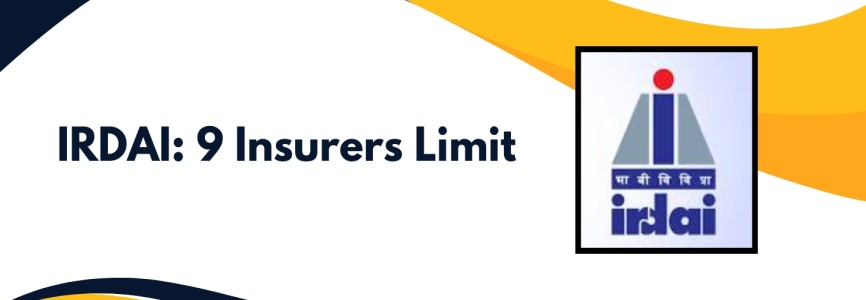









































































_crop10_thumb.jpg)




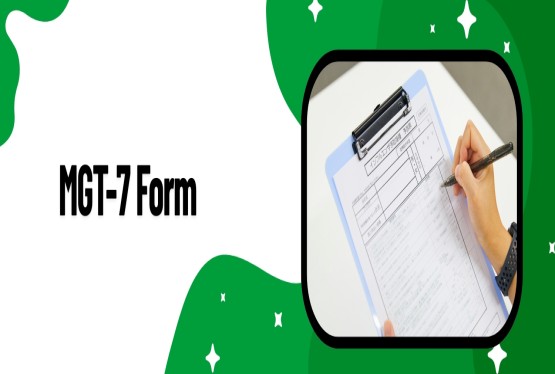





























































_crop10_thumb.jpg)
_crop10_thumb.jpg)



_crop10_thumb.jpg)


_crop10_thumb.jpg)





_crop10_thumb.jpg)

_crop10_thumb.jpg)














-suratgujarat-section-158_crop10_thumb.jpg)
-suratgujarat_crop10_thumb.jpg)
-(33)_crop10_thumb.jpg)



-ahmedabad_crop10_thumb.jpg)
-learn_crop10_thumb.jpg)

-learnn_crop10_thumb.jpg)



























































_crop10_thumb.jpg)






















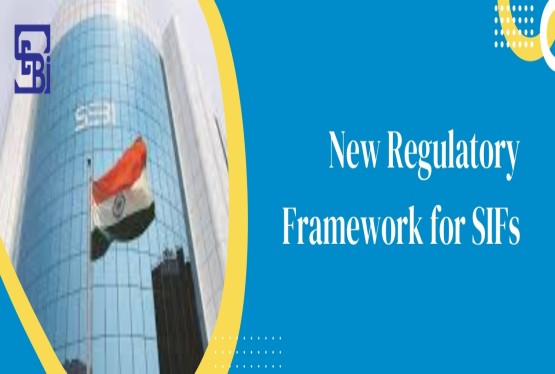
_Guidelines_learn_crop10_thumb.jpg)























_learn_crop10_thumb.jpg)
_crop10_thumb.jpeg)










_crop10_thumb.jpg)




_Second_Amendment_Rules,_2025_learn_crop10_thumb.jpg)







_learn_crop10_thumb.jpg)































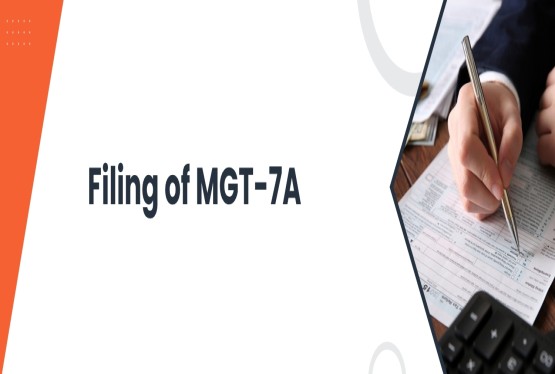
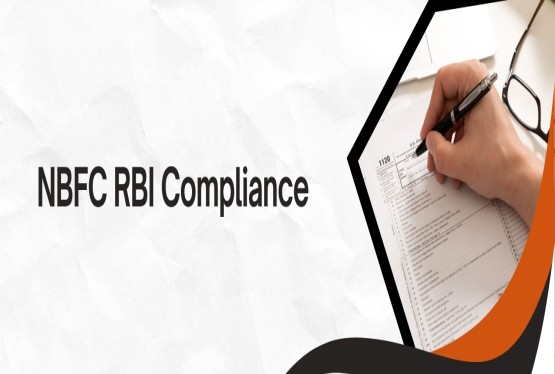


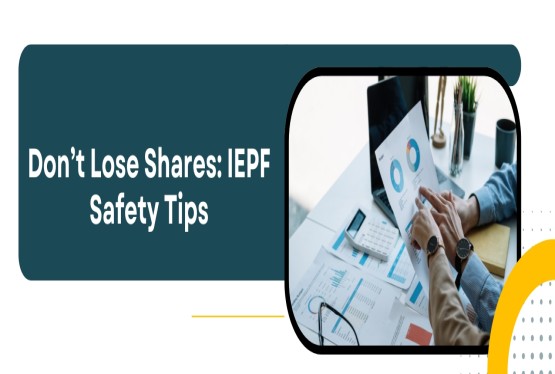





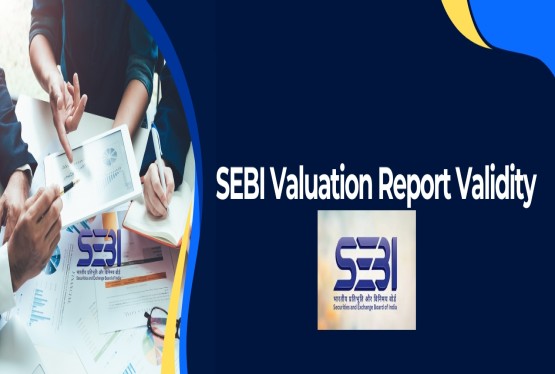

_learn_crop10_thumb.jpeg)

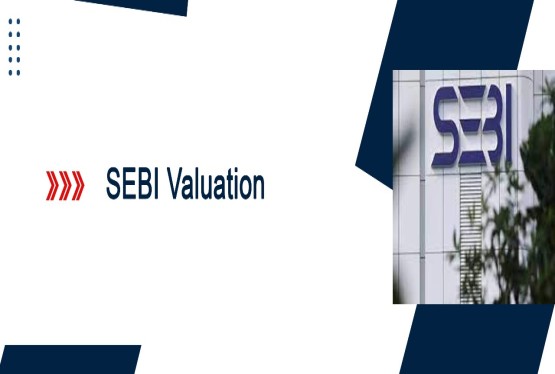
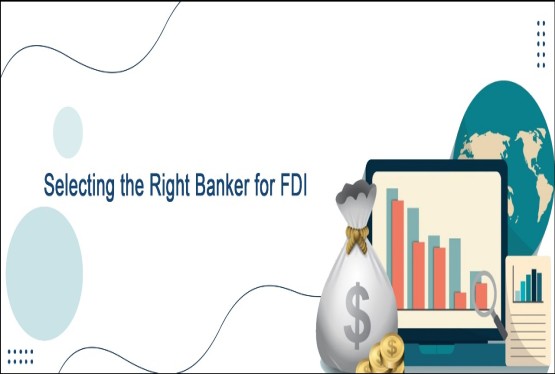
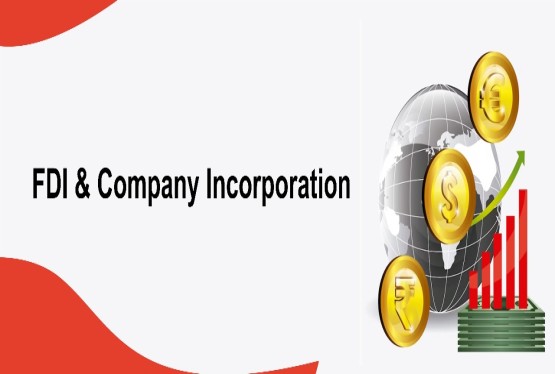
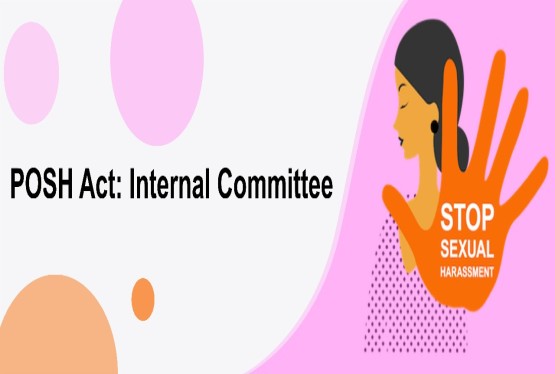





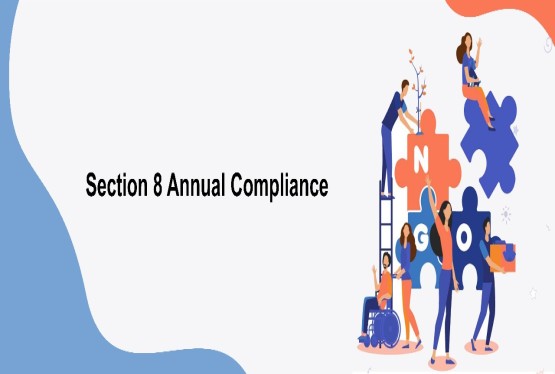
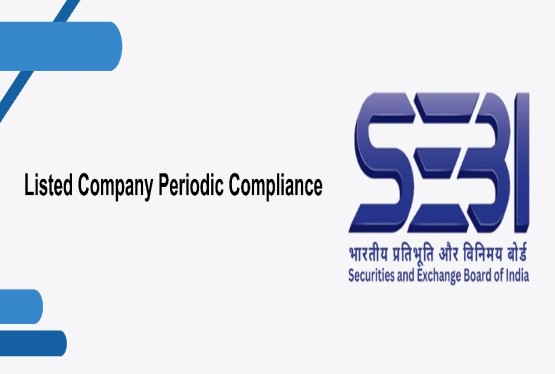




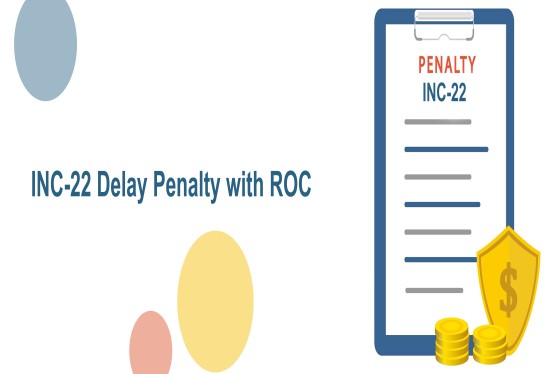



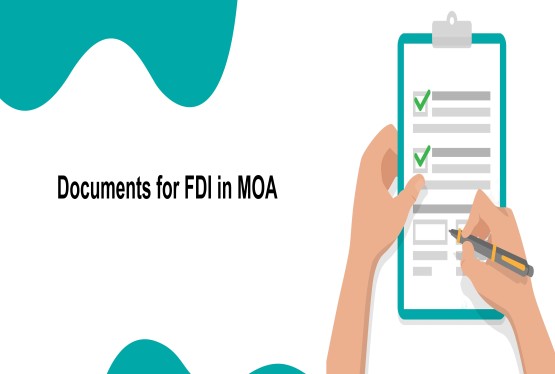
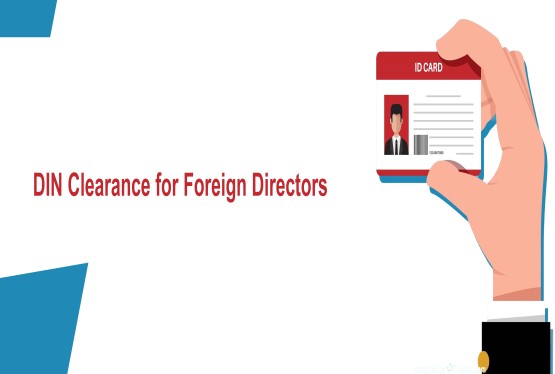

_learn_crop10_thumb.jpg)



_rd_roc_learn_crop10_thumb.jpg)
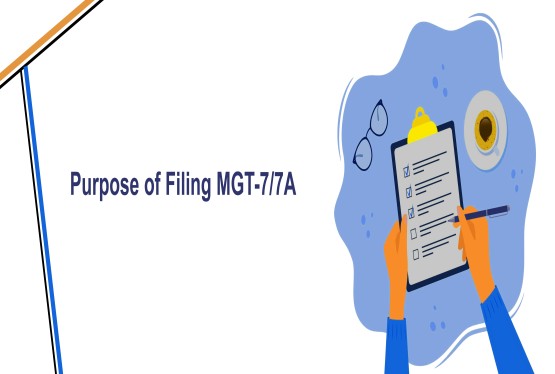



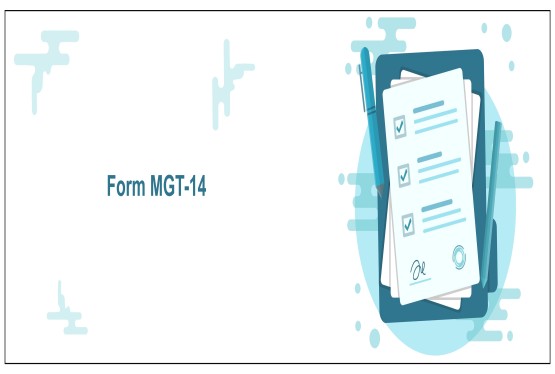
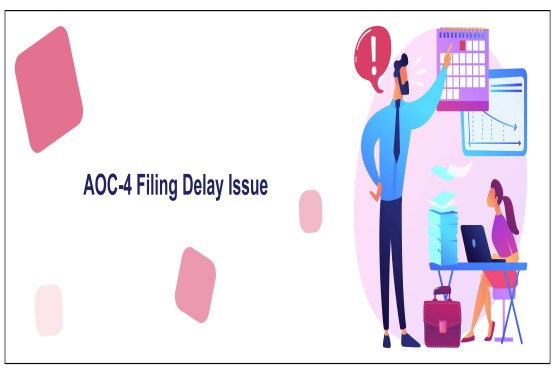
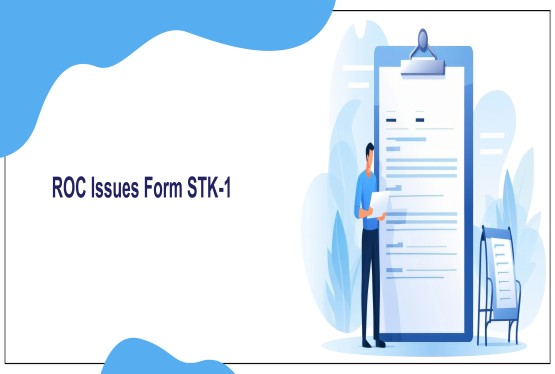






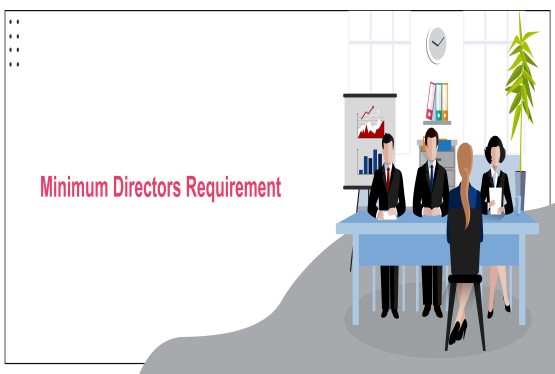

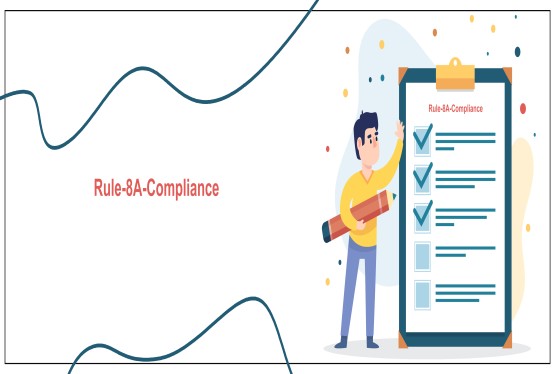
_learn_crop10_thumb.jpg)
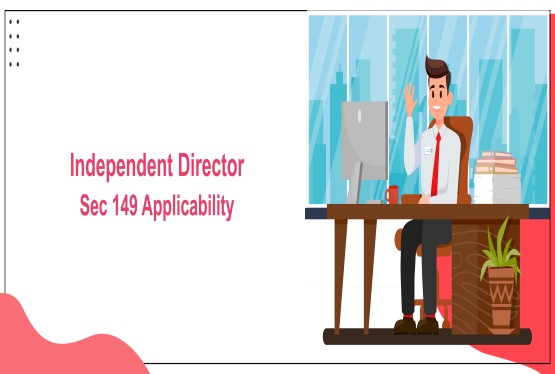
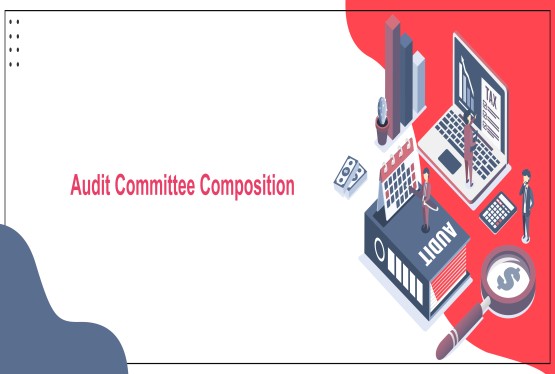
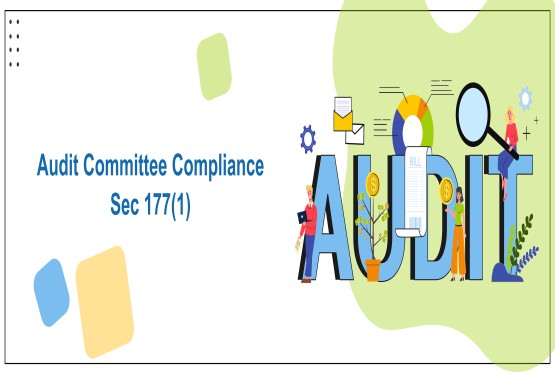




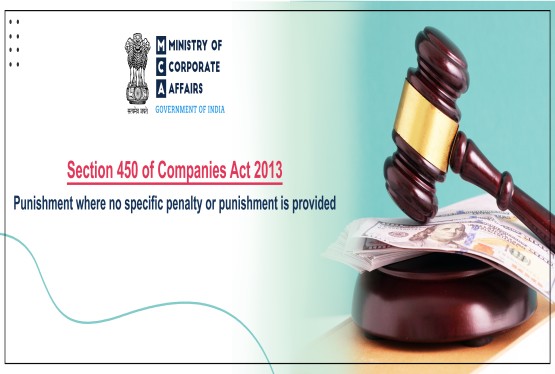

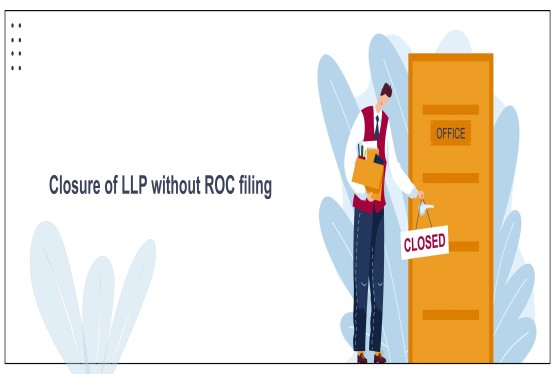
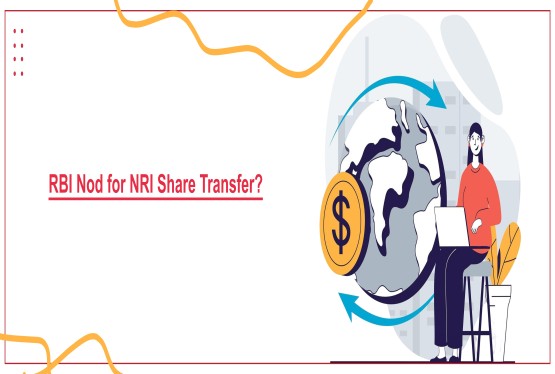

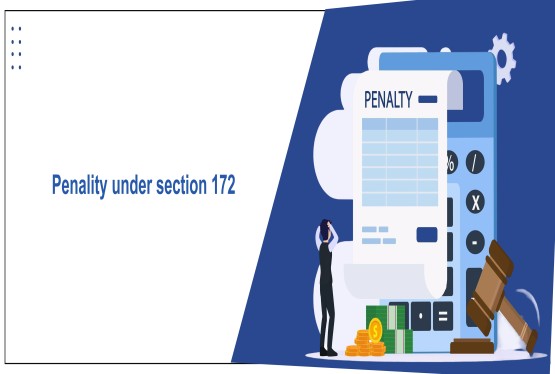

_learn_crop10_thumb.jpg)
_Learn_crop10_thumb.jpg)


